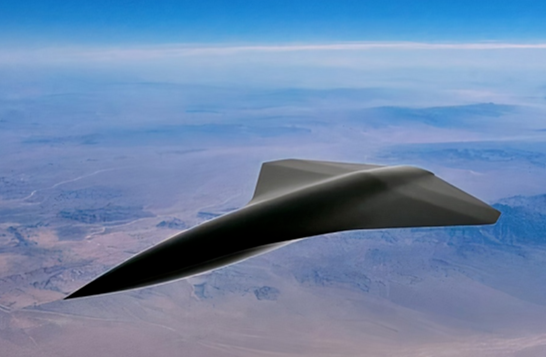

Supersonic spraying carbon has the advantages of high deposition rate of sprayed materials, high production efficiency, low energy consumption, low comprehensive spraying cost, and good coating quality. Therefore, it is used in military equipment, metallurgical machinery, transport vehicles and shipbuilding. And it has broad application prospects in maintenance and other fields.
I've learned about supersonic aircraft before, so most recently, when I first saw supersonic plasma spraying, I thought it was a spraying technique specifically for supersonic aircraft. Kind of "as the name suggests" or "for granted". This is a bad idea. With a scientific attitude, it is natural to refer to information to resolve this "chaos". So, what exactly is supersonic plasma spraying technology? What is the use of supersonic plasma spraying? Can hypersonic spray technology be used on supersonic aircraft? Let's take a look.
What is Ultrasonic Plasma Spraying Technology?
Supersonic plasma spraying technology is an important surface engineering technology. Compared with other spraying techniques, it has the advantages of deposition of sprayed material, good coating quality (good performance). It has the advantages of dense coating and high bond strength. , excellent wear resistance and corrosion resistance), an advanced spraying technology with broad application prospects in industry, national defense, aerospace and other fields. It can effectively prolong the service life of the workpiece. The spraying speed can reach more than 400-800m/s.
How does ultrasonic plasma spray work?
Supersonic plasma spraying is a thermal spraying technology. It uses a rigid, non-transferred plasma arc as a heat source to heat the working gas to form a high temperature high velocity plasma jet (temperatures can reach tens of thousands of degrees Celsius) to send a stream of refractory materials in the event of metals, carbide ceramics, oxide ceramics and other materials (eg tungsten carbide (WC)) is heated and accelerated to form a stream of molten particles that hits the substrate surface at high speed to form a coating, such as a tungsten carbide coating - a high hardness and wear resistant coating second only to diamond layer of coating.
What are the uses of ultrasonic plasma spraying?

The technology has been widely used in military equipment, metallurgical machinery, transport vehicles, shipbuilding and maintenance and other fields. Because it can meet the high requirements for coatings in these fields, especially the frontier ones - high melting point, high purity and high strength.
E.g. Researchers have used supersonic plasma spray technology to extend the life of oil drill pipe. Tungsten carbide coating or WC coating is a coating material with high hardness and excellent wear resistance. It can be used to protect the wear resistance of material surfaces and can also be used to repair damaged equipment parts. Thereby saving a lot of expensive materials and processing fees. Usually, in order to further improve the corrosion resistance and wear resistance of the WC coating, a certain proportion of alloying elements, such as Co, Cr, B, Si, Ni, etc., are added to it. WC10Co4Cr has excellent corrosion resistance and high high cycle fatigue properties, so it is used as a protective layer for oil drill pipes.
Can hypersonic spray technology be used on supersonic aircraft?
The answer is yes, it is used in many places, far beyond its application in other fields. Because supersonic planes fly at least 5 times the speed of sound, that is, speeds above Mach 5. What does this speed of motion mean? This means that ultra-high temperatures of up to 2000-3000°C will be generated on the surface of the aircraft, and the surface part of the aircraft fuselage will be damaged by the high pressure-induced air and structural parts caused by friction. Therefore, both paint and spray techniques are necessary. Among them, paint is one of the "dilemmas" that will be encountered by countries currently researching supersonic aircraft.
China, one of many countries working on supersonic aircraft, has encountered the same problem. However, there is good news for 2017. The team of Huang Boyun, an academician of the State Key Laboratory of Powder Metallurgy of Central South University, my country, successfully developed a new type of ceramic coating and its composite material, which can be ablated at 3000 °C. This means that my country has taken a big step in the development of new supersonic aircraft. The editor believes that with the development of my country's scientific and technological strength and comprehensive national strength, my country's supersonic aircraft and related technologies will "walk in the forefront".
Hot information

